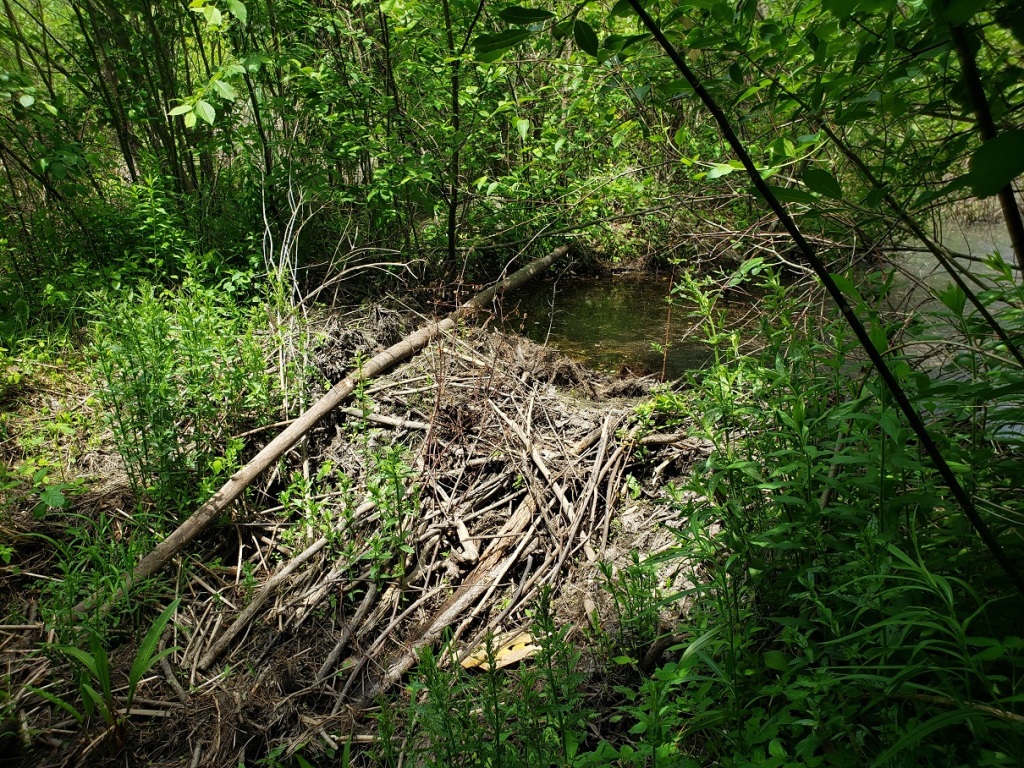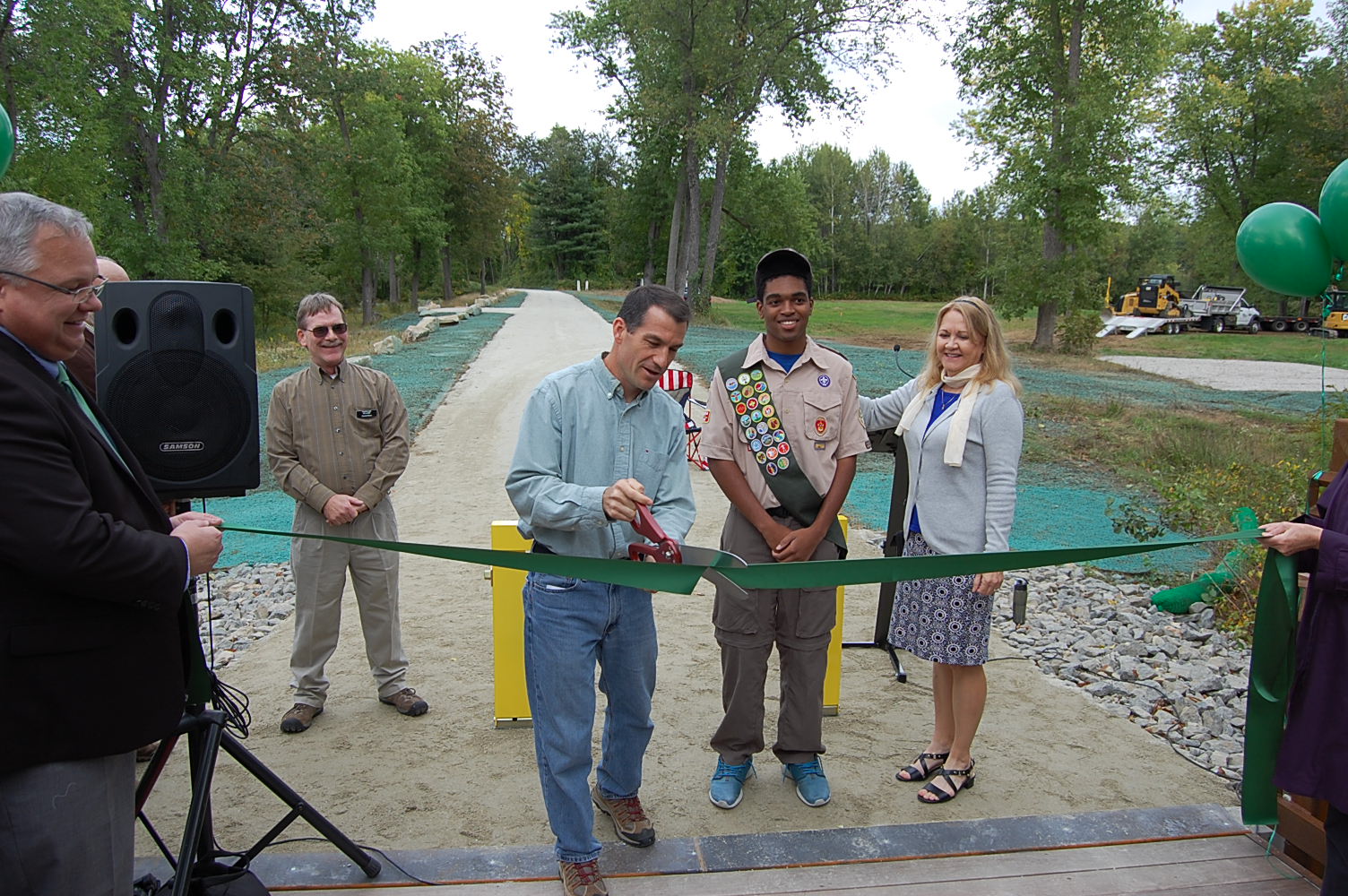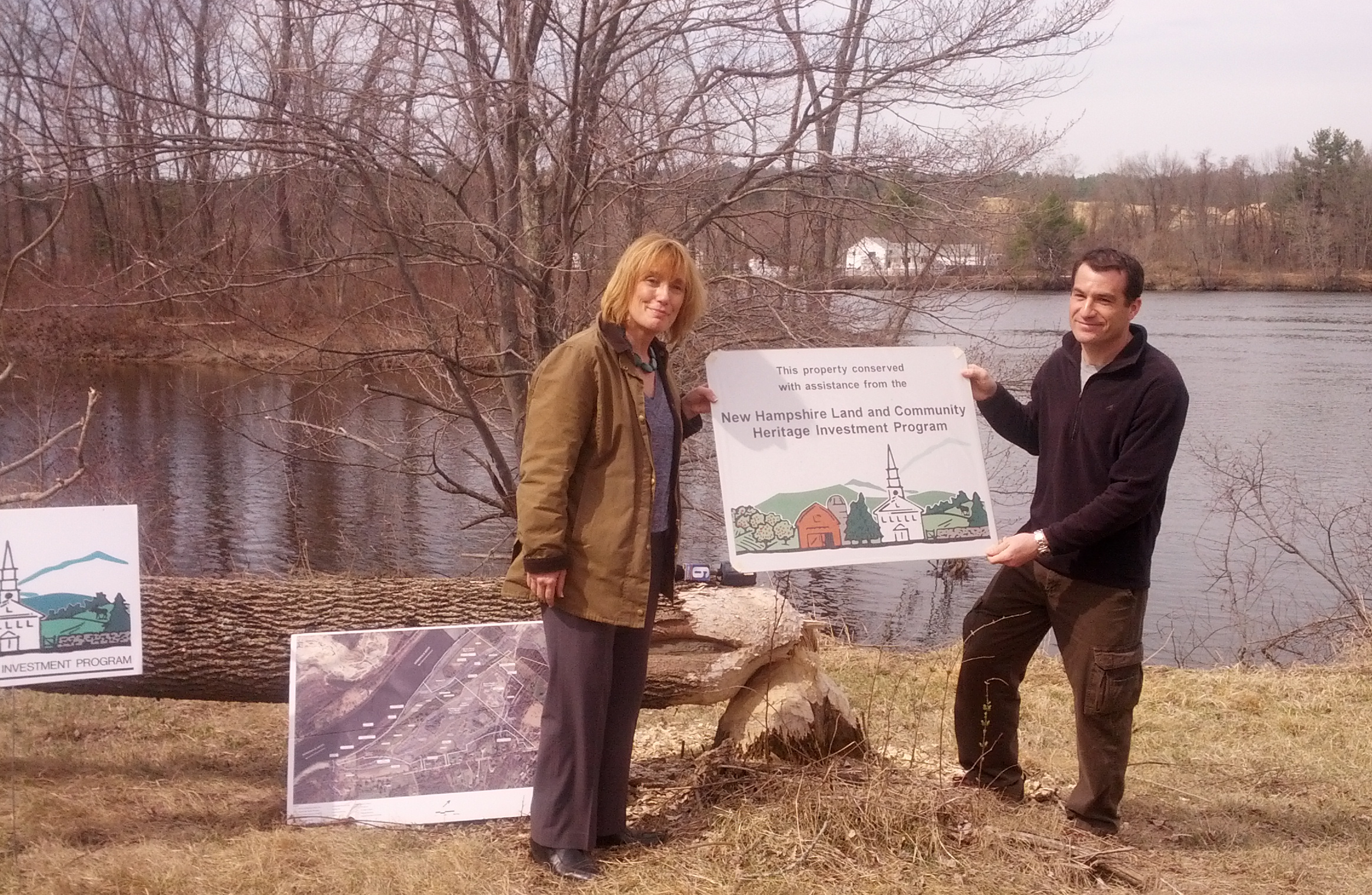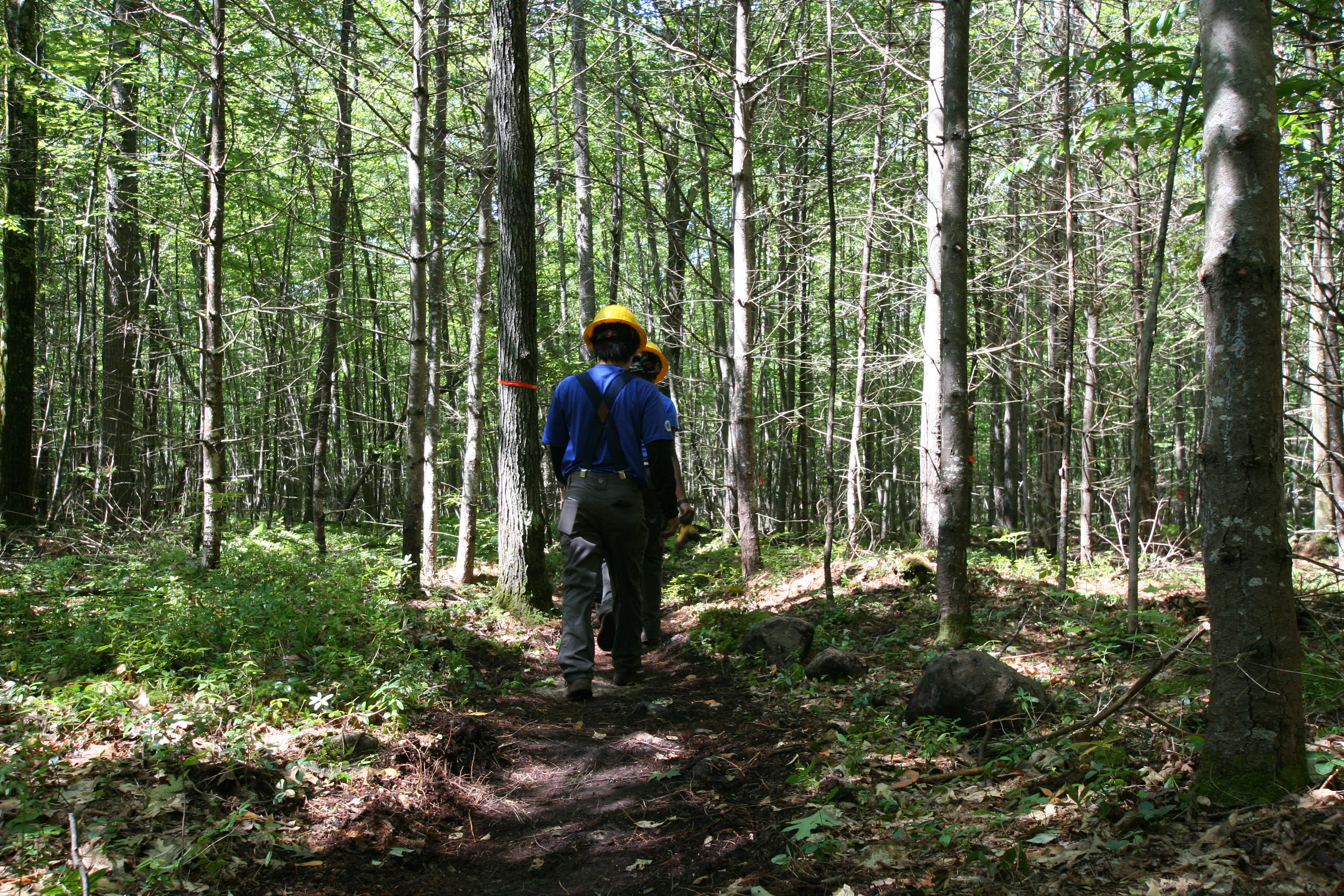One of the tasks of conservation commissions is the management of conservation land, including the development and management of trails for recreation and education. Hooksett has several exceptional conservation areas and trail systems, including the Hooksett Riverwalk Trail, Head’s Pond Trail, and the Pinnacle Park Trail.
Recently, the Conservation Commission received some feedback and questions about beaver removal on the Hooksett Riverwalk Trail. This post provides additional information on management efforts.
Background on Hooksett Riverwalk Trail
Because of its proximity to the Merrimack River, the Riverwalk Trail system is highly regulated. The property is protected by a conservation easement held by the Society for the Protection of NH Forests (SPNHF). The conservation easement specifies the property will be used for passive recreation and wildlife conservation. Hunting is also a guaranteed permitted activity on the property.
What About the Beavers? A Timeline
In May of 2020, an area of the Hooksett Riverwalk Trail became flooded and impassable. Complaints were received that people were unable to walk the trail, push strollers, or use wheelchairs because of flooding and wash-out. It was discovered that a beaver had moved in and its dam was flooding the area. The HCC was advised to install a piping system—a common way to allow water to drain away from the beaver dam. However, beavers are abundant and they are ingenious. The piping system was continually clogged by beavers, and the flooding continued.
In October of 2020, a representative of SPNHF viewed the site and informed the HCC that the piping system was not conducive to enhancing the habitat in the area. The SPNHF representative stated that “for this particular property, trapping and removal of the beavers likely would have been a better solution. Though this would require consistent removal for a few years, it would allow for the natural water flow on this important flood plain topography to remain.”
Further, it was noted that the piping system had eliminated an entire stretch of important wetland habitat and removing the dam would help restore the natural perennial water flow.

Beaver dam blocking perennial water flow on Hooksett Riverwalk Trail, June 2020
In April of 2021, the HCC requested that a representative of NH Fish & Game view the site. This expert reiterated what we had learned; that beavers typically discover the pipe and block it.
In 2022, based on SPNHF’s recommendation, the HCC voted to forego the piping system and have the beavers trapped and removed from the area flooding the trail.
“In the end, and very simply, we tried first to avoid removing the beavers; our easement holder told us that wasn’t working, and we followed the advice,” said Cindy Robertson, HCC Chair. “Also, nobody owns the beavers. Once they are removed, they belong to the trappers to do as they wish, much like those who hunt deer.”
Further Information on Beaver Management
Beaver trapping and removal is a regulated activity in NH that ensures an important consideration for animal welfare. More information can be found on the NH Fish & Game website at: https://www.wildlife.state.nh.us/hunting/trapping-why.html
To Provide Input on Trail and Wildlife Management
The Hooksett Conservation Commission takes the monitoring and maintenance of town conservation properties seriously in accordance with its conservation easements and welcomes public input. The HCC meets the second Monday of every month and public input is invited at every meeting.
Refer to the Hooksett Conservation website at Conservation Commission | Hooksett NH for:
- Hooksett Riverwalk Trail Conservation Easement
- Meeting schedule and times
You can also provide written feedback to the HCC by contacting the staff assistant at Contact Bridgette Grotheer | Hooksett NH.







 Conservation map depicting area where 1/3-mile of new trail has been constructed (in red) off of the Chester Turnpike and bordering Bear Brook State Park
Conservation map depicting area where 1/3-mile of new trail has been constructed (in red) off of the Chester Turnpike and bordering Bear Brook State Park Student Conservation Association trail-builders (l-r): Sydney Memminger, Rocio Ronquillo (leader), Courtney Dillon, Sam Bybee, Steve Vang, and Eric Kim (leader)
Student Conservation Association trail-builders (l-r): Sydney Memminger, Rocio Ronquillo (leader), Courtney Dillon, Sam Bybee, Steve Vang, and Eric Kim (leader) The final trail clean-up ensures the path is well defined and the area is restored to its natural beauty — Amaral
The final trail clean-up ensures the path is well defined and the area is restored to its natural beauty — Amaral